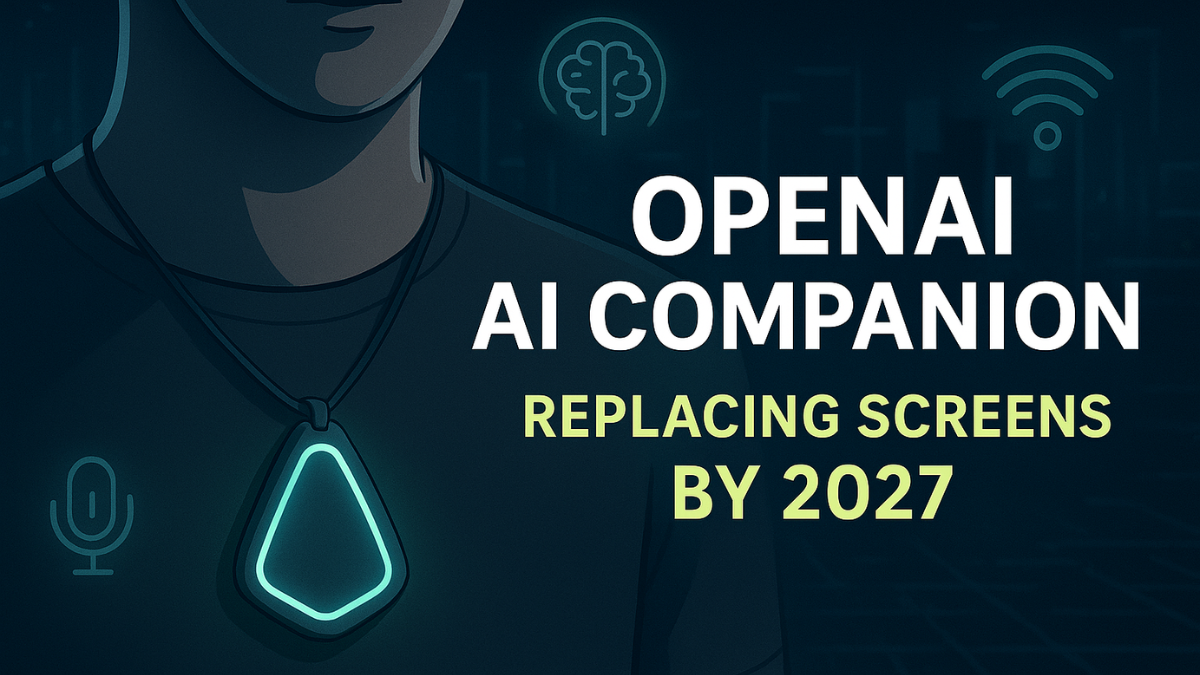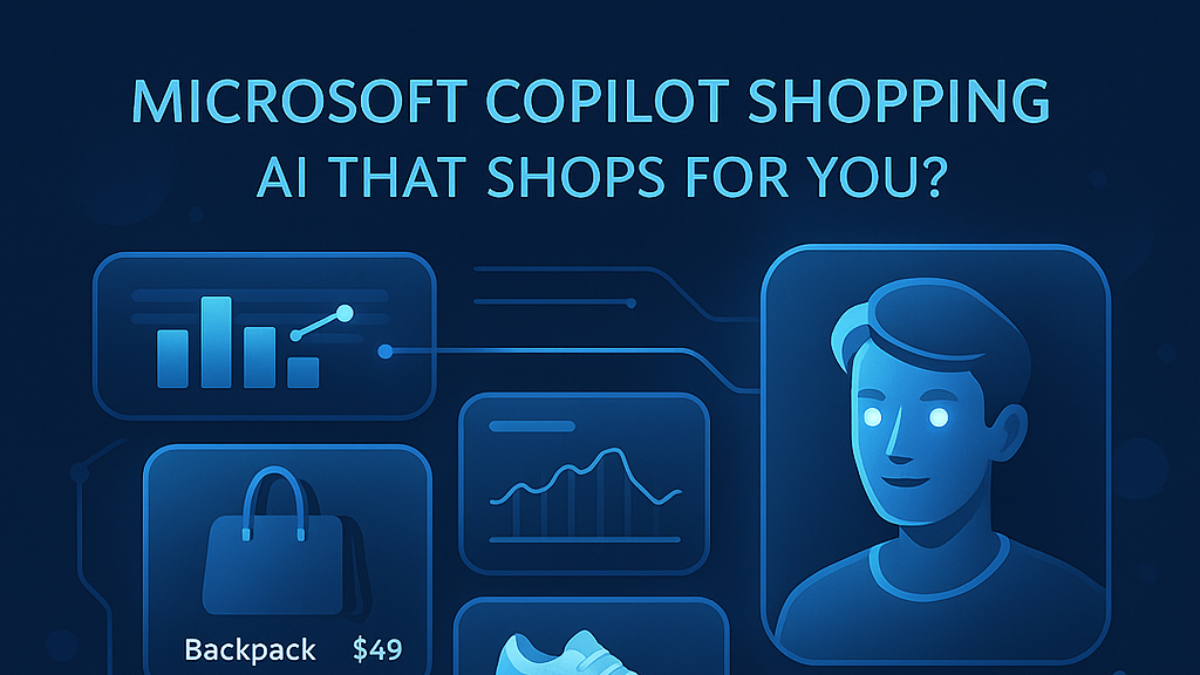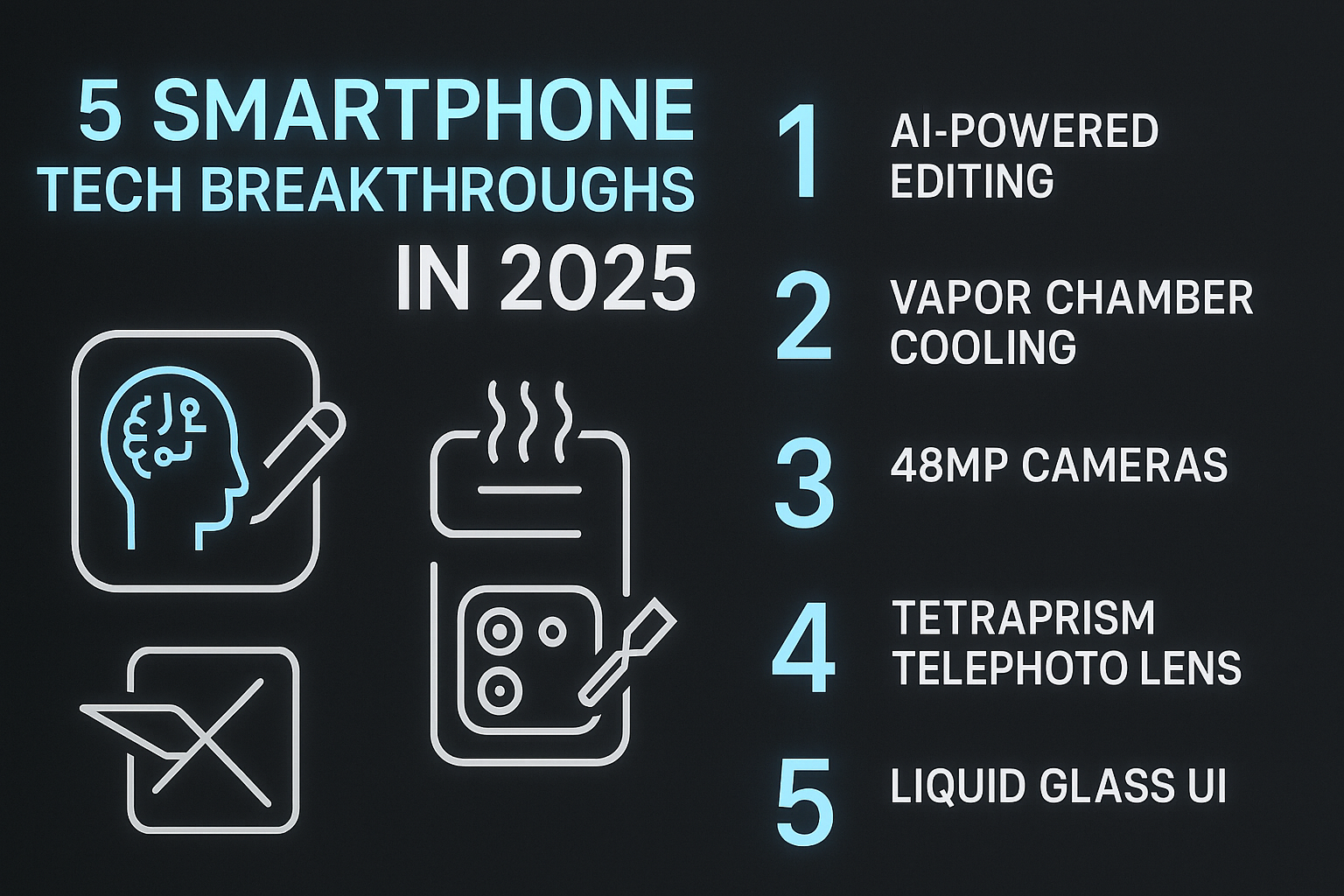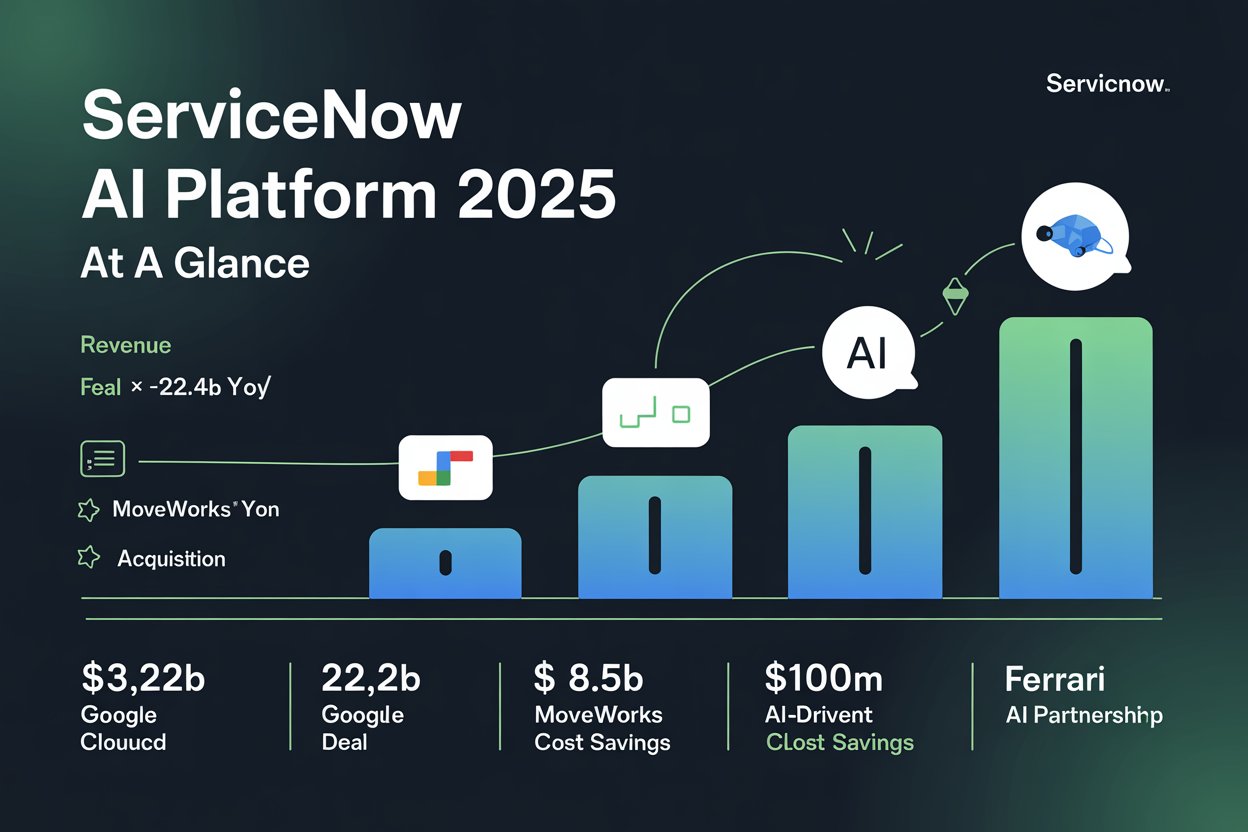Table of Contents
ToggleInside OpenAI AI Companion 2027: The Bold Plan to Launch 100M AI Wearables
Introduction: Is This the Future of Personal Tech?
OpenAI is preparing to change how we connect with technology with the upcoming OpenAI AI Companion 2027. The company’s bold vision? Launching 100 million AI Companions — an AI-powered wearable assistant designed to be screenless, voice-first, and integrated into your life.
No more phone screens. No more swiping. Just natural human-AI interaction.
The project — developed in collaboration with legendary Apple designer Jony Ive — could redefine the future of AI hardware. But the tech world is split: some see innovation, others see invasion of privacy.
What Is the OpenAI AI Companion 2027?
This is a screenless piece of wearable tech that you wear around your neck like a pendant. It does so using cameras, microphones, and A.I. models to listen, watch, learn and engage with you round the clock.
Imagine an AI that negates the need for a phone screen — one that’s always there, always connected and that gets smarter as it learns about you.
This wearable is the result of OpenAI acquiring Jony Ive’s hardware design startup, signaling its serious entry into consumer AI hardware.
Key Features of OpenAI AI Companion
- Screenless design with voice-first interaction
- Always-on listening (with user control)
- Contextual learning and emotional intelligence
- Designed to reduce screen addiction
- Created by Jony Ive’s design team
Why OpenAI AI Companion 2027 Matters: Replacing Phones & Reducing Screens
The ultimate goal of the OpenAI AI Companion 2027 is to eliminate phone addiction by creating an AI productivity tool that allows seamless interaction without needing a screen.
Benefits:
- Hands-free access to information, tasks, and communication
- Potential to replace smartphones in everyday use
- Designed to improve mental focus and digital wellness
This is not simply a wearable — it’s a potentially pivotal moment in the future of AI hardware.
Privacy Issues with OpenAI AI Companion: Innovation or Invasion?
Here’s the challenge: this always-on AI wearable is built to listen, watch, and learn 24/7. While that enables deep personalization, it also raises red flags:
- 📷 Constant video/audio captur
- 🔐 Personal data exposure
- 👀 Ethical AI use and surveillance risks
Just like Google Glass, this could face public and regulatory resistance unless OpenAI builds strong privacy-first features.
The Two Possible Futures for OpenAI AI Companion
It Becomes the Next iPhone
If OpenAI can refine the product through multiple iterations and gain user trust, this wearable AI assistant could go mainstream — just like the iPhone did in 2007.
Privacy Fears Stall Adoption
If the OpenAI AI Companion is perceived as a surveillance device, mass adoption may never happen.
The Race to Build the Future of AI Hardware
Tech giants are all in the race to lead the next decade of AI hardware. But whoever succeeds in creating the most intuitive, ethical, and helpful AI wearable will define the new era of personal computing. Tech giants like Google are also pushing the envelope, as seen in the groundbreaking AI announcements at Google I/O 2025, especially with their Gemini AI tools and SGE advancements.
OpenAI’s bet? A screenless, always-on, deeply personal AI assistant.
Conclusion:
It is more than just a wearable — it’s a vision of the future where AI doesn’t live on a screen but lives with us. Whether this screenless gadget replaces smartphones or fades due to privacy backlash, only time will tell.
But one thing’s certain: 2027 could mark the year when AI wearables reshape our digital lives.







